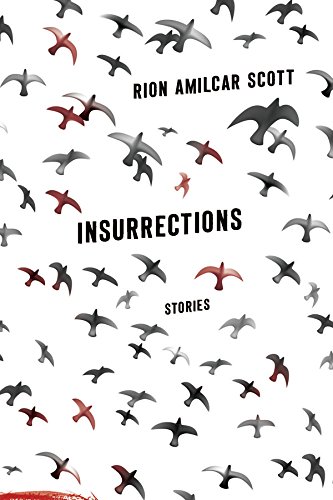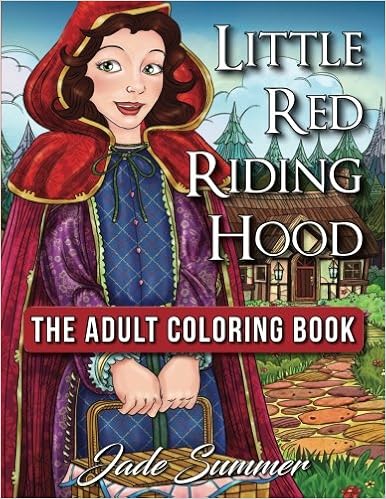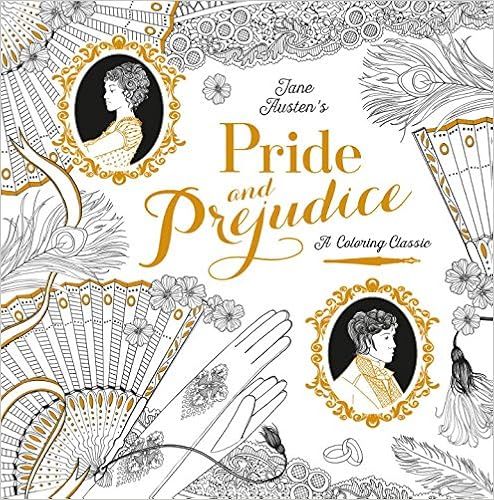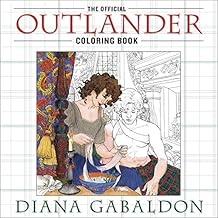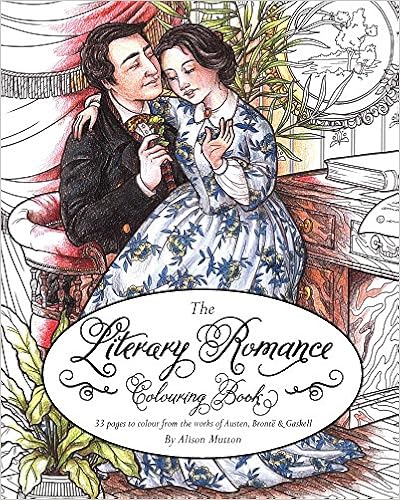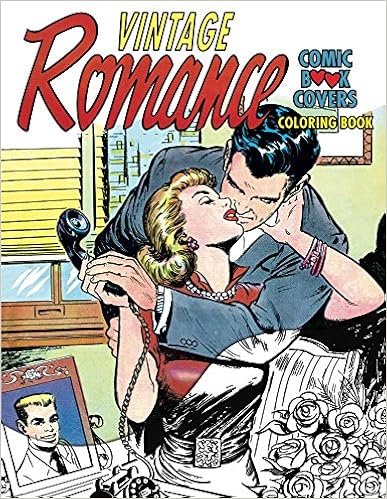4 Stars
I really
liked Ekbäck’s first novel, Wolf Winter, so I was really interested
in reading this second one, again set near the fictional Blackåsen Mountain in Swedish Lapland.
Events are
set in 1856 in the summer when the sun barely sets in northern Sweden. Three settlers have been killed by a Lapp in
the settlement near Blackåsen.
Magnus Stille, a geologist, is sent by his father-in-law, the Minister
of Justice, to investigate the murders while mapping the iron-rich
mountain. Magnus is also instructed to
take Lovisa, his sister-in-law, with him since her father has banished her from
his home for some unacceptable behaviour.
The two of them make the arduous trip to remote Blackåsen where they find a mountain and a community reluctant to divulge its
secrets.
There are
three narrators: Magnus, Lovisa, and
Biija/Ester, an elderly Lapp woman who guides Magnus around the mountain. A fourth narrator, a voice from the spirit world,
appears about a third of the way through the novel; this voice utters three
unsettling words in its first narration:
“There you are” (96).
There is a
claustrophobic atmosphere. The village
is remote and isolated and its inhabitants “’keep to themselves . . . [and] don’t like strangers’” (74). It’s obvious that there are secrets which
they do not want to share. Nearby is a
tribe of the mysterious Lapps who are perceived as a threat by some people. And then there’s the desolate landscape and the
mountain itself which overlooks everything and is a constant, brooding
presence.
A mystery
needs to be solved. Did the Lapp in custody
actually kill the three settlers? He
refuses to speak to defend himself. If
he is guilty, what was his motivation? There are, however, other conflicts as
well. As the book blurb states, this is
a story “of the collision of worlds old and new.” The possible mining of the mountain is
opposed by those who want it left alone, as it has been in the past. The Lapps believe that humans, animals, and
nature are connected and so have a deep respect for nature. This
view, the bedrock of their traditional faith, clashes with the advances of
industrialization and Christianity, both of which focus on man dominating
nature.
Besides
showing the destruction of native culture and the land, the book also touches
on the patriarchal domination of women. Lovisa
is a woman who is very much a victim of male oppression. She is expected to conform to society’s
expectations; since she does not, she is sent into exile by her father. She is even told by a friend of her father’s,
“’I don’t know anything about you.
Nothing at all. But I can imagine
your life has not been easy. . . . Your father thought any human a blank slate
that could be tailored to whatever he wanted it to be. . . . I wanted to say
that it is likely that whatever has happened between you and your father is not
your fault’” (234). Lovisa thinks about
Magnus: “He’s a man. He can choose what to do, when, and with
whom, without suffering ill will and small-mindedness. I can’t” (92). Magnus eventually realizes, “If Lovisa had
been encouraged, given responsibilities as a young girl, if she hadn’t been
asked to conform, what would she have been like today” (166)?
Several
examples are inserted of what happens to women who do not meet
expectations: a woman is placed in a madhouse
by her husband (57); a radical female writer who questions rules is “unspoken
to by the men, avoided by the women” (94); Lovisa’s mother is thought of as “a
lesser being” by her husband (208); and a woman marries and breeds to escape
from a domineering father (282).
The
paternalistic attitude also extends to the Lapps. Various people speak of them in derogatory
terms: “’Ignorant, yes. Some say apathetic, without any drive to
better themselves or create proper lives’” (17) and “’The Lapps are like
children. Nomads, you know, less
evolved. We are trying to help them, but
they are unsteady’” (51) and “’their spirits are weak’” (78). Marriage to a Lapp, Lovisa sees only as a
punishment (266) or an act of desperation (282). For me, one of the saddest observations is
made by Biija. Her husband Nila, the
tribe’s shaman, recently died: “Nila was
our mapmaker, the keeper of our memories, of our legends, and he was the last
one. Never again will our people have a noiade.
Without him, we have no past” (175).
Characterization
is excellent. The three major narrators
are fully developed characters with strengths and weaknesses, good qualities
and flaws. At times I was angered by the
behaviour of both Magnus and Lovisa, and yet at other times, I could not but
feel sympathy for them. Magnus and
Lovisa also grow and change; Magus finds his identity and Lovisa discovers a
cause.
The
revelations are not a total surprise; by page 189, I guessed a major secret
because of the foreshadowing. Neither is
the ending a surprise; in fact, the ending seems inevitable. However, the ending will also give you reason
to think and think again.
I found
this a compelling read. Some of the
supernatural elements sometimes bothered me but they are totally appropriate to
the time and place. Whether set in
relentless winter or relentless summer, Ekbäck’s novels do
not disappoint.

